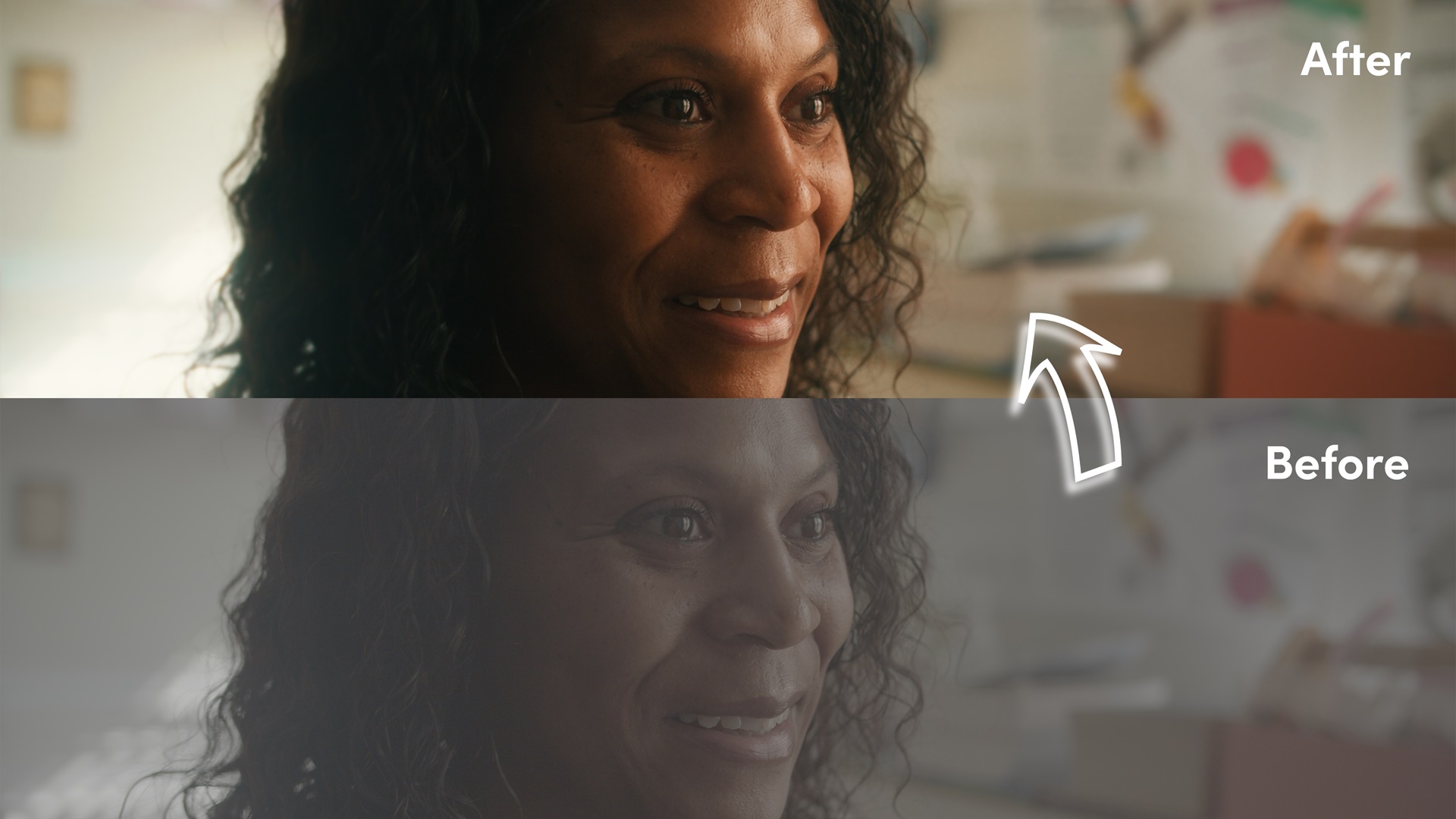
If you’ve ever watched a film, commercial, or even a slick YouTube video and thought, “Wow, this looks so polished!” you’ve already been dazzled by the magic of production value. But what exactly is production value, and why does it make such a difference? Let’s dig in…
What Exactly is Production Value?
Simply put, production value is the quality of the technical elements in a production—think image quality, audio, lighting, editing, special effects, and overall style. High production value is not just about throwing money at a project; it’s about using your resources wisely to create something that looks and feels professional, captivating, and well-thought-out. While difficult to describe what makes production value increase, you know it when you see it. It’s the “wow” factor that makes people pay attention and remember what they have seen.
Production value has a huge impact on how audiences perceive your content. Even if you are working with a great script, poor lighting or subpar audio can make your audience lose interest fast. Conversely, even a simple concept can become mesmerizing if it’s executed with high production quality. As human beings and consumers, we have a subconscious expectation for high production value, no matter how technically apt we are. We associate success and trust with content that looks professional.
Why Production Value Matters
You wouldn’t show up to a business prospect meeting in sweatpants and rumpled hair, right? Utilizing high quality production value on your projects helps portray a level of polish and professionalism you cannot replicate any other way. It’s presenting your brand and its content in a way that will leave a lasting good first impression. People are more likely to take your message seriously, engage with your work, and even come back for more.
A quality production makes your audience feel like they are in good hands—whether that means feeling entertained, informed, or inspired. It can tell your audience, “We’re passionate, we’re serious about what we do, and we’re ready to take things to the next level.”
5 Key Ways to Boost Production Value
Simply put, there are technical principles that must be followed to meet your audience’s subconscious expectations. But as always, rules are meant to be broken- so personnel is equally as important as principle. The right people bring the feel. As you read about these 5 strategies, consider the relationship between principle and personnel.
1. Lighting
Lighting can make or break any production. Use lighting principles that the greats have set in place. Utilize and control natural light when possible. When it comes to artificial light, work with, not against, natural and practical lighting already in place. What is motivating your light? Do not light for the sake of lighting itself. Craft an image that looks natural and not distracting. Modify your light sources to accommodate your video’s message or emotion.
2. Image Quality
It seems obvious, but the right camera with the right person behind it makes all the difference. The first step in creating something with high production value is using a good camera body and good lenses. These cameras have sensors and color sciences; and these lenses are manufactured in a way, that create the visuals your audience expects to see. Combine this tested and true engineering and manufacturing with a team that has good intuition to create something truly remarkable.
3. Set Design
Whether you are filming in your living room or in a professional studio, set design matters. Think about the background: is it cluttered? Is it relevant to your topic? Do you want branding in the background? A well-organized, visually appealing set can make an enormous difference, helping to tell a story or add credibility to your content. Sometimes, a few minor changes—like adding plants, posters, or neutral-colored backdrops—can do wonders for making your space look more professional.
4. Audio
Audio can be surprisingly more important than visuals! Investing in a solid microphone can make all the difference. Use a high-quality shotgun or lavalier microphone, depending on your circumstance. Consider your environment. Do you need to bring in any soundproofing equipment? Filming at a location without distracting background noise is a great start.
5. Editing
Editing is where the magic happens. Sometimes, it makes more sense to make creative decisions after production has concluded. Bring in audio and visual effects to support your message or emotion. Use graphics when needed. As always, do not use effects just for the sake of using effects. Edit with intention. Less is more.
High production value does not always mean high expenses. Boosting production value is about creating content that captivates your audience and leaves a lasting impression. And it’s more than looking polished—be sure to create immersive experience for your viewers. By focusing on essentials like lighting, audio, steady shots, clean editing, and set design, you can add that professional touch to any project. So, get creative, maximize your resources, and watch your production value soar!
Unsure where to start? vLink is here to help. We will help you craft, produce, and distribute your content as a one-stop shop. Reach out today at info@vlnksolutions.com to learn more.
Search vLink’s Resources, News, and Events
vLink Solutions is always adding new tips and tricks, case studies, infographics, and more.
Make Hybrid Events Worth Every Dollar for Virtual Attendees
Published in Smart Meetings on 6/9/22. The average price for a paid virtual event is $443. Are virtual attendees seeing value? It depends. “To demand a fee, digital events must boast compelling content and a seamless experience. According to Kim Myhre, founder of...
Elevate Your Virtual Events to Engage Seven-Figure Clients and Prospects
This article was published in CMW on 4/27/22. Webinars are standard fare for general audiences, but how do you host virtual events that engage clients and prospects representing millions of dollars in potential revenue? At this level, the game changes. Expectations...
How Hybrid Events Have Evolved—and 9 Ways to Prepare for What’s Next
We asked 11 top event professionals for a widespread view of what works now in hybrid event production—and what needs to happen to make this an effective, long-term event format.



